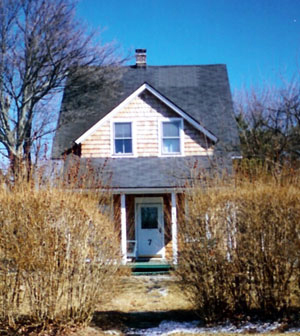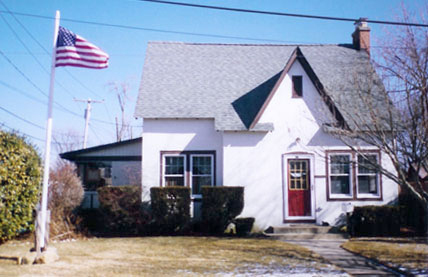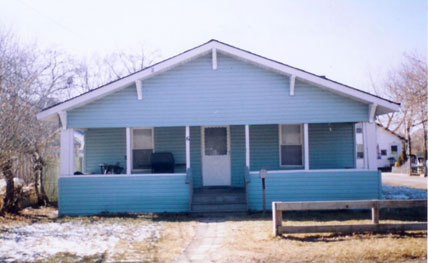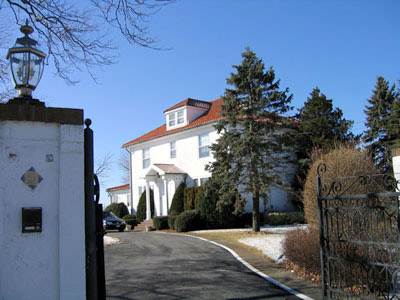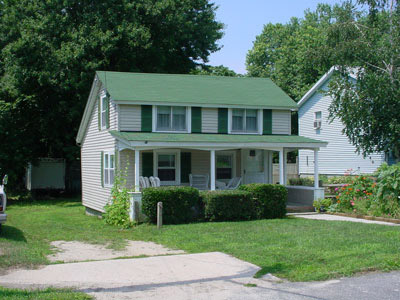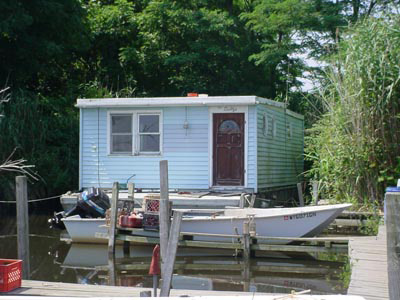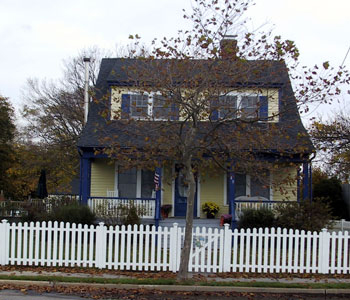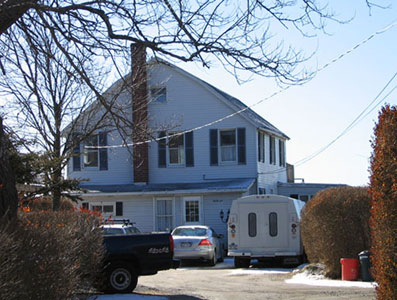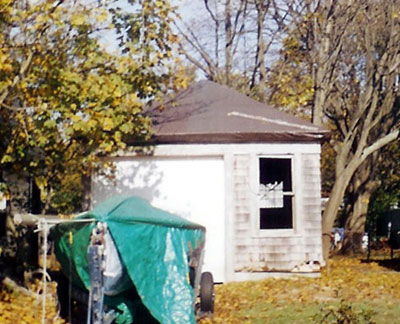By Jayme Breschard Thomann
Long Island’s waterfront communities were first settled by Native Americans who valued the sandy soil on which they could grow corn, tomatoes, squash and other commonplace vegetables. They also harvested abundant fish and shellfish from Great South Bay and the nearby ocean, traveling by canoe and other watercraft. In the late 1600s English colonists from New England settled in various communities including Sayville, Patchogue and other neighboring communities.[i] In the mid-1700s colonist Humphrey Avery purchased land in Patchogue, in between the area that is now Patchogue and Swan Neck rivers.[ii] His first task was to create a series of saw, grist, cotton and paper mills which are no longer standing. However these mills established Patchogue and neighboring communities as a major economic center on the south shore of Long Island. As result Patchogue was first nicknamed “Milltown” in recognition of these mills.
While there were some farmers in the area, most residents earned their living by harvesting shellfish, particularly oysters and clams. Early residents included the Newins, Weeks, Smith and Roe families who owned modest farms and other properties near the bay. Others worked and operated the mills, which attracted farmers, trade merchants and other tradespeople such as blacksmiths and tanners. Several typical farm houses of the late 1700s and early 1800s remains in Patchogue at 401 S. Ocean Avenue, which according to an 1872 map may have been owned by the Weeks family, and at the Sayville Historical Society grounds on Edwards Street & Gillette Avenue. The first shellfish license to a Brookhaven resident was issued in 1820 to harvest oysters. Farmers often paid fishermen to harvest “salt hay” which grew on the nearby marshlands that they fed to their livestock. By 1850 approximately 300 people made their living off the water.[iii]
Most residents generally lived some distance from the shoreline, which was infested with mosquitoes and other insects during the summer, a condition that was common until the mid-20th century. The shoreline area was used primarily for docking boats and various maritime industries including boat building and blacksmithing, along with lumber and grist mills that depended on water power. In Oakdale a grist mill built c. 1697 that expanded over the years, was located near the grounds of today’s St. John’s University. In Patchogue various lumber mills lined the banks of the Patchogue River, while in Sayville the foot of Handsome Avenue was the site of various industries, earning it the nickname “Factory Clump.” These included mid-19th century oyster packing houses and lumber yards.
Endnotes
[i] Clarissa Edwards, A History of Early Sayville, (Sayville Historical Society 1974).
[ii] Hans Henke, Images of America: Patchogue (Dover, NH: Arcadia Publishing) 1997
[iii] Ibid.

